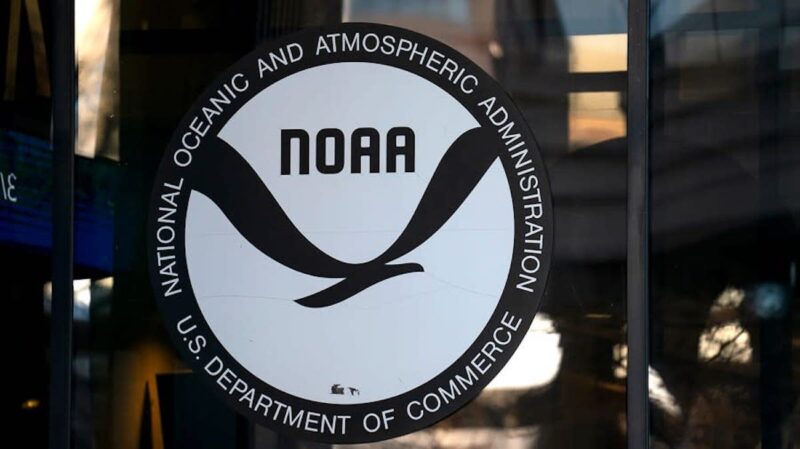Trump Administration to Move NOAA Fisheries to Fish and Wildlife Service
Keith Lusher 04.14.25

The Trump administration is preparing to implement significant changes to the National Oceanic and Atmospheric Administration (NOAA), according to internal budget documents for fiscal year 2026.
The proposed reorganization would transfer key fisheries management responsibilities from NOAA to the U.S. Fish and Wildlife Service (USFWS). This move would group related environmental functions under a single agency, potentially improving America’s natural resource management.
For commercial and recreational fishermen, the restructuring represents welcome relief after years of increasingly restrictive regulations. Under NOAA’s management, many states have struggled with tightening bag limits and shortened seasons due to the administration’s evolution to environmentalism.
Under the plan, NOAA would receive $4.4 billion cutting $1.7 million from the $6.2 million that it currently receives. This would allow the agency to focus primarily on weather forecasting while fisheries management transfers to the Department of Interior, which already oversees similar conservation efforts.
Key to the cutback is the elimination of NOAA’s Office of Oceanic and Atmospheric Research, which in the last decade has increasingly fallen in line with the global climate change hysteria.

Administration officials see this reorganization as part of a broader strategy to reduce bureaucratic redundancy and better align government functions. Moving fisheries management from the Commerce Department to the Interior Department would place these responsibilities alongside complementary wildlife conservation programs, creating a more unified approach.
The plan demonstrates the administration’s focus on fiscal responsibility and government efficiency. By eliminating duplicate programs across multiple agencies, taxpayer money can be directed toward essential services rather than supporting excessive administrative structures.
But environmental groups like Oceana have expressed opposition to the reorganization, claiming the changes would cause “chaos and confusion.” However, supporters argue that this restructuring addresses long-standing inefficiencies that previous administrations have failed to correct.
The proposed changes align with the administration’s goal to “unleash American energy” by reducing regulatory obstacles while maintaining environmental protection standards. By consolidating oversight under agencies with well-defined missions, businesses can expect more consistent regulatory processes.

This reorganization represents the first major restructuring of these agencies in decades, showing President Trump’s commitment to challenging government bureaucracy and implementing reforms that other administrations have only discussed.
Congress will ultimately decide whether these changes are implemented as part of the 2026 budget, but the proposal indicates the administration’s determination to fundamentally change how the federal government manages America’s natural resources.

